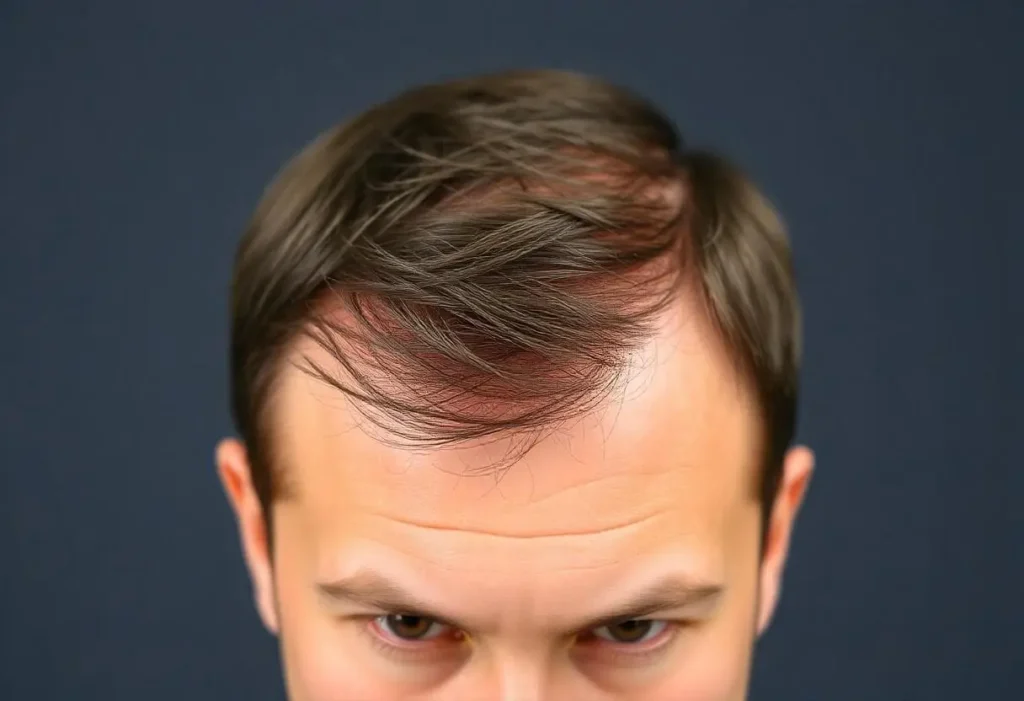
A receding hairline can be a source of significant concern and anxiety for both men and women. It’s a visible sign of hair loss that can impact self-esteem and confidence. However, it’s essential to understand that a receding hairline is a common issue, and there are various causes and potential solutions available.
In this comprehensive guide, we will explore the causes of a receding hairline, effective treatments to combat it, and how Istanbul Hair Institute can help you on your journey to hair restoration and renewed confidence.
Understanding Hairline Recession
A receding hairline is a common form of hair loss characterized by the gradual backward movement of the hairline, typically starting at the temples or the crown of the head. It can affect both men and women, although it’s more prevalent in men.
In simple terms, a receding hairline is a visible shift of your hairline away from its original position. This shift often creates an “M” shape on the forehead or a more pronounced widow’s peak.
Hairline recession is typically categorized into different stages using the Norwood Scale for men and the Ludwig Scale for women. These scales help classify the extent of hair loss and guide treatment options.
Early Signs
Identifying a receding hairline in its early stages is crucial for timely intervention and treatment. Some common early signs to watch out for include:
- Thinning Hair at the Temples: Noticeable thinning of hair around the temples is often one of the first signs.
- Widening Part: If your hair part seems to be getting wider, it might be another indicator.
- Increased Hair Shedding: While it’s normal to lose some hair daily, excessive hair shedding could indicate a potential problem.
How Fast Does a Hairline Recede?
The rate at which a hairline recedes varies from person to person. In some cases, it may happen gradually over many years, while in others, it can progress more rapidly. Factors such as genetics, age, hormonal imbalances, and lifestyle can influence the speed of hair loss.
How Common?
Hairline recession is a very common problem, especially in men. Studies suggest that by the age of 35, around two-thirds of men will experience some degree of hair loss. While less common in women, it can still affect a significant number.
Understanding the various aspects of hairline recession, including its causes, stages, and prevalence, is crucial in addressing the issue effectively and seeking appropriate solutions.
What Causes a Receding Hairline?
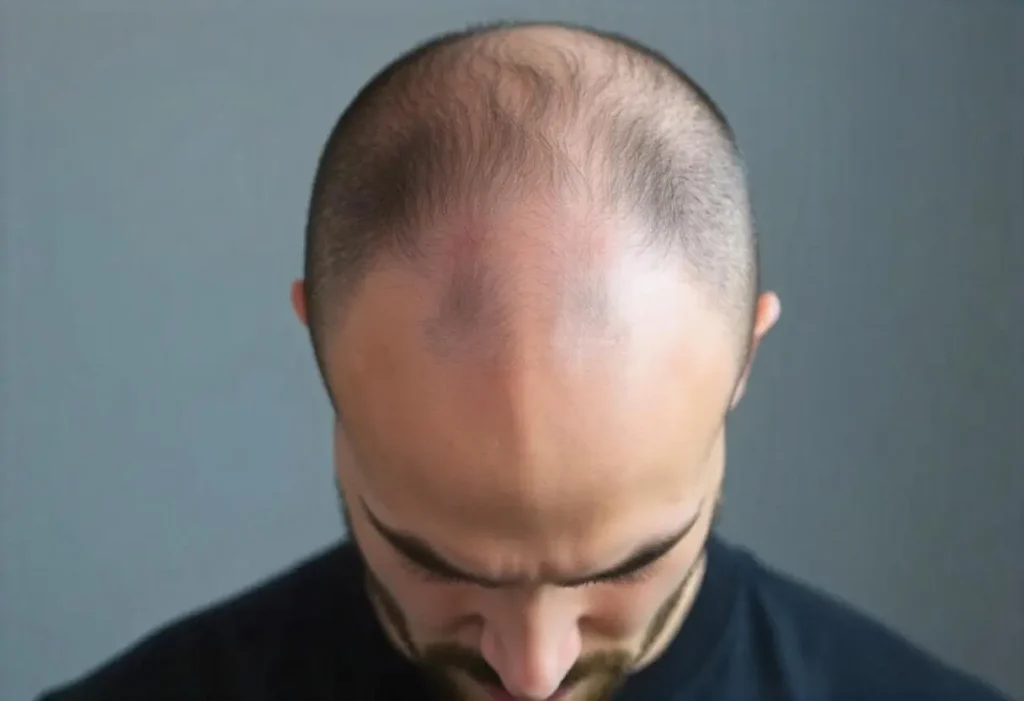
A receding hairline is often a complex issue with multiple contributing factors. Recognizing these potential causes is essential for addressing the problem effectively and finding the right solution for your individual needs.
Genetics and Hormones
Genetics plays a significant role in determining your susceptibility. Androgenetic alopecia, also known as male pattern or female pattern baldness, is the most common cause of hair loss, and it’s largely hereditary.
- Androgens: In men, a hormone called dihydrotestosterone (DHT) is often a culprit. DHT can shrink hair follicles, making them produce thinner and shorter hairs over time, eventually leading to their dormancy.
- Hormonal Imbalances: In both men and women, hormonal imbalances, such as those related to thyroid conditions or polycystic ovary syndrome (PCOS), can also trigger or exacerbate hair loss.
Stress and Lifestyle Factors
Stress and certain lifestyle choices can also take a toll on your hair health and contribute.
- Stress: Chronic stress can disrupt the normal hair growth cycle and trigger a condition called telogen effluvium, leading to increased hair shedding and a temporary.
- Poor Diet: A diet lacking essential nutrients, like iron, zinc, and biotin, can weaken hair follicles and contribute to hair loss. Ensuring a balanced diet rich in vitamins and minerals is crucial for maintaining healthy hair growth.
- Smoking: Smoking has been linked to an increased risk of hair loss due to its negative effects on blood circulation and hair follicle health. Quitting smoking can improve overall health, including the health of your hair.
Poor Haircare Habits
The way you treat your hair can also impact its health and contribute to a receding hairline.
- Tight Hairstyles: Pulling your hair tightly into hairstyles like ponytails or braids can cause traction alopecia, a type of hair loss that occurs due to constant pulling on the hair roots. Opting for looser hairstyles can help prevent this type of hair loss.
- Harsh Hair Products: Excessive use of chemical-laden hair products, like hair dyes, relaxers, and styling products, can damage hair follicles and contribute to hair loss. Choosing gentler, natural hair care products can help minimize damage.
- Excessive Heat Styling: Frequently using hot styling tools, such as straighteners and curling irons, can weaken and damage hair, leading to breakage and hair loss. Limiting the use of heat styling tools and using heat protectants can help preserve hair health.
By understanding these potential causes, you can take proactive steps to address them and seek appropriate treatment options. Remember, early intervention is key in managing hair loss and promoting regrowth. If you’re concerned about a receding hairline, it’s important to consult a qualified hair specialist for a proper diagnosis and personalized treatment plan.
Can a Receding Hairline Grow Back?
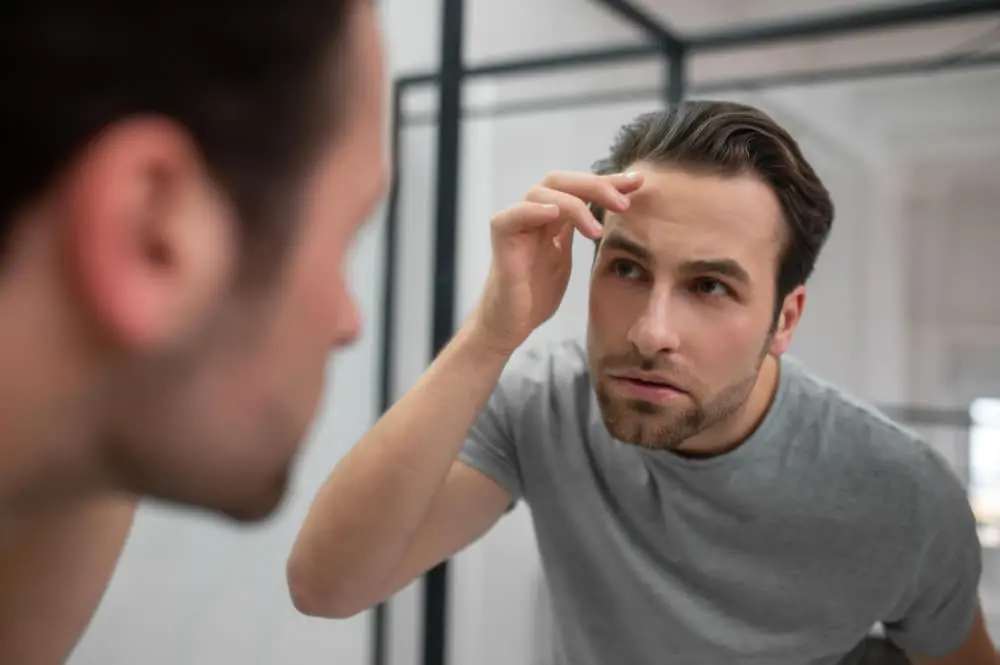
The prospect of regrowing a receding hairline is a question that concerns many individuals experiencing hair loss. While the answer isn’t always straightforward, there’s certainly hope for improvement and even regrowth, depending on the underlying cause and chosen treatment methods.
Hairline Growth Treatments and Methods
A variety of treatments and methods are available to address a receding hairline, ranging from medications to surgical interventions and natural remedies. The effectiveness of each approach can vary depending on the individual and the cause of their hair loss.
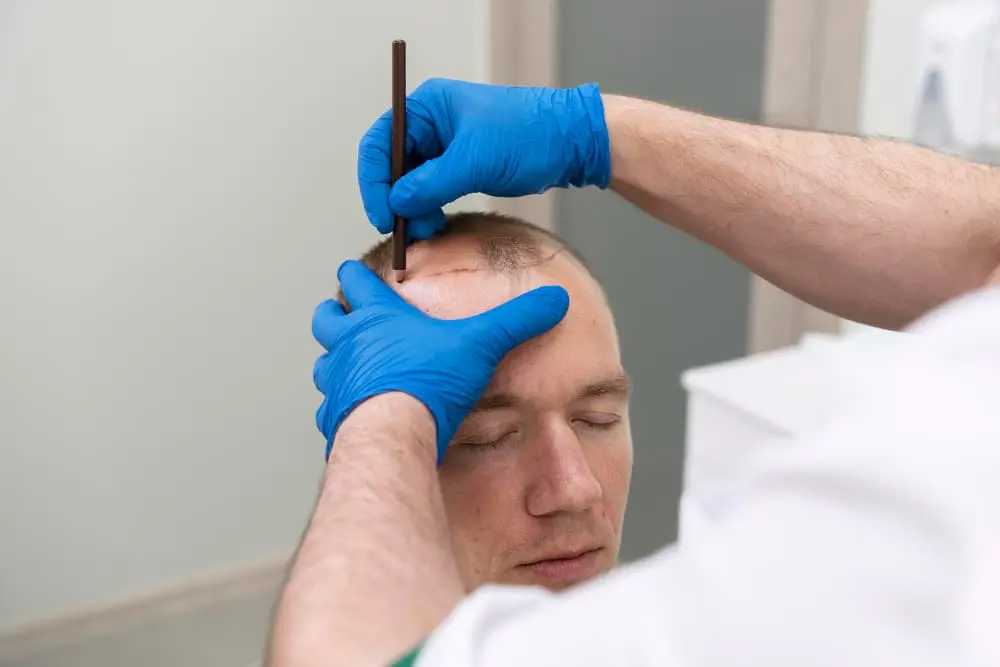
Hair Transplant
Hair transplant surgery involves transplanting healthy hair follicles from one area of the scalp (donor area) to the receding hairline. This procedure offers a more permanent solution for hair restoration, creating natural-looking results and potentially restoring the hairline to its original position.

Medications
Certain medications approved for hair loss treatment can help slow down hair loss and, in some cases, promote regrowth. These medications work by addressing the hormonal or inflammatory processes that contribute to hair loss.
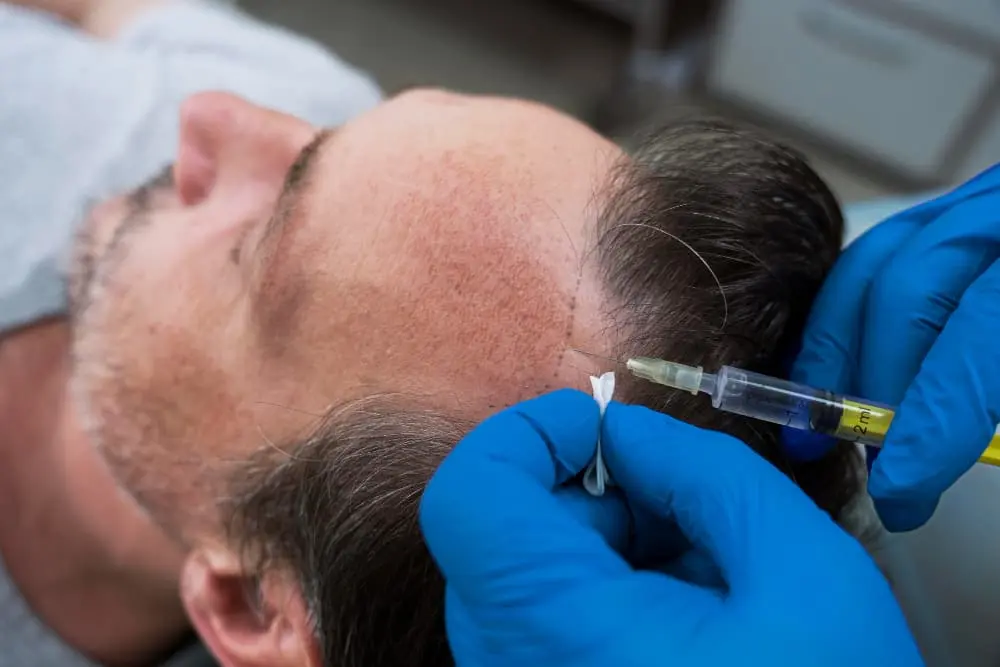
Platelet-Rich Plasma (PRP) Therapy
PRP therapy involves injecting concentrated platelets from your own blood into the scalp. The growth factors in platelets can stimulate hair follicles and promote hair growth. This minimally invasive procedure has shown promising results in improving hair density and thickness, potentially leading to hairline regrowth.
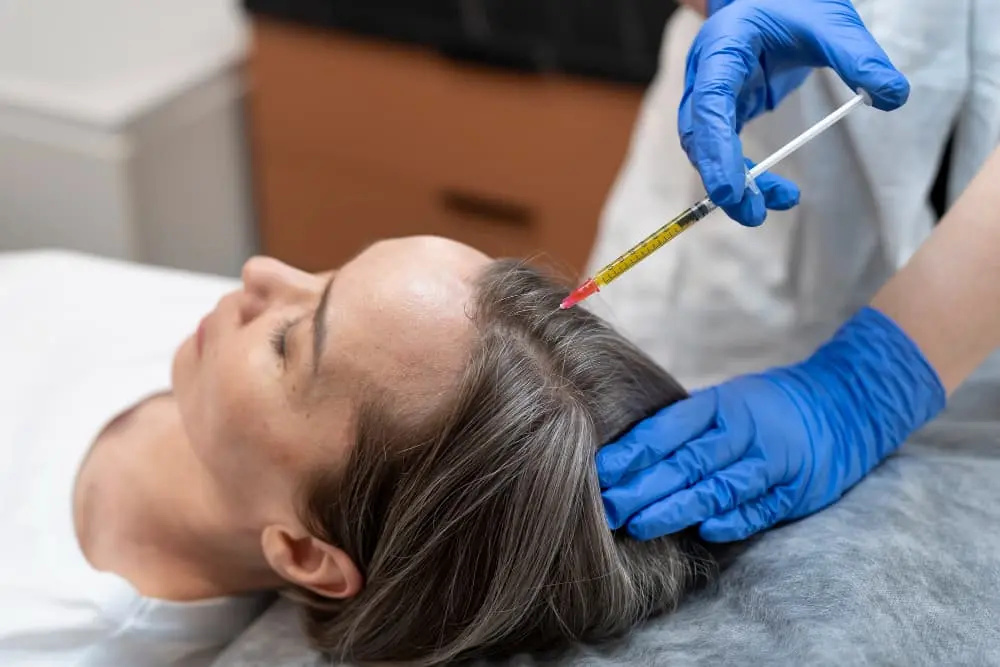
Hair Mesothreapy
Mesotherapy is a non-surgical treatment that targets problem areas with microinjections of pharmaceuticals, vitamins, and other ingredients. The technique aims to melt fat away and deliver active substances directly into the skin layers to promote healing or corrective treatments.
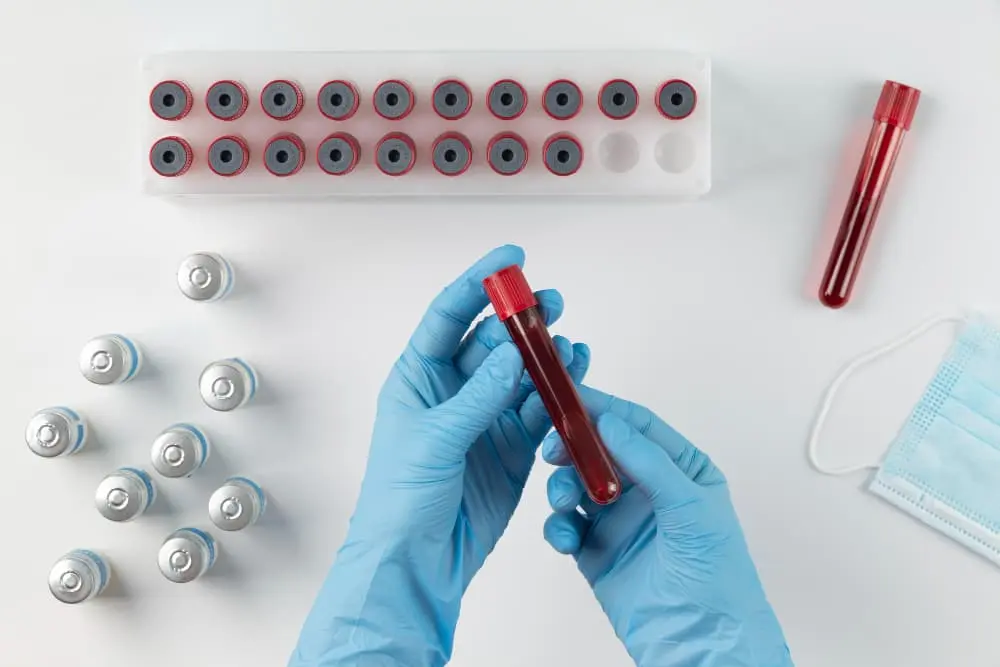
Stem Cell Treatments
Stem cells are unique cells capable of developing into various specialized cell types. They have the remarkable ability to self-renew, repair damaged tissues, and generate new cells, making them essential for regenerative medicine and treatments. Stem cell therapies can be broadly categorized into Autologous and Allogeneic treatments, each offering unique benefits for hair rejuvenation.

Exosomes Therapy
Exosomes are tiny packages released from cells, containing DNA and RNA fragments, lipids, and proteins. They are less than 150 nm in size and are natural vesicles that play a significant role in cellular communication and tissue repair. Exosomes contain high levels of growth factors, which are essential for tissue regeneration and can be used for hair rejuvenation.
Natural Remedies for Hairline Regrowth
In addition to medical treatments, several natural remedies may support hair growth and improve the health of your hairline:
- Essential Oils: Certain essential oils, such as rosemary and peppermint oil, have been traditionally used to promote hair growth when massaged into the scalp. These oils can help stimulate blood flow to the hair follicles and nourish the scalp, potentially encouraging hair regrowth.
- Scalp Massage: Regular scalp massages can improve blood circulation to the hair follicles, potentially stimulating hair growth. This simple technique can be easily incorporated into your daily routine and may contribute to a healthier scalp environment.
- Dietary Changes: Ensuring a balanced diet rich in essential vitamins and minerals, such as iron, zinc, and biotin, can nourish hair follicles and support healthy hair growth. Consider consulting a nutritionist or healthcare professional for personalized dietary recommendations to optimize your hair health.
It’s important to remember that natural remedies may not be as effective as medical treatments, and their efficacy can vary from person to person. It’s always advisable to consult a hair specialist before starting any new treatment, especially if you have underlying health conditions or are taking medications.
Solutions for a Receding Hairline
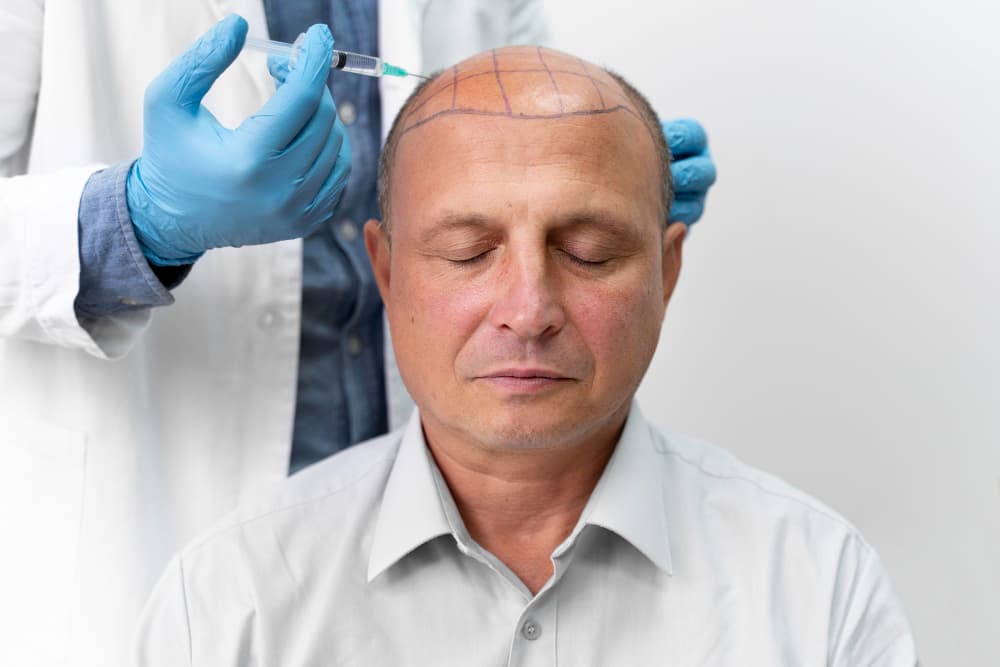
If you’re looking to address a receding hairline, you’ll be pleased to know there are numerous effective solutions available. These range from non-surgical treatments for those in the early stages of hair loss to hair transplant surgery for a more permanent solution. Let’s delve into the options that can help you regain a fuller, more youthful hairline.
Low-level laser therapy (LLLT) utilizes red light to energize cellular activity in the scalp, encouraging hair growth and improving hair density. This painless and non-invasive treatment can be a great way to revitalize your hairline.
Hair Transplant as a Permanent Solution
For individuals with more advanced hair loss or seeking a long-lasting solution, hair transplant surgery is a viable option.
- Follicular Unit Extraction (FUE): This minimally invasive technique involves extracting individual hair follicles from the donor area (usually the back of the head) and transplanting them to the receding hairline. FUE offers natural-looking results with minimal scarring, making it a popular choice for many.
- Direct Hair Implantation (DHI): DHI is another advanced hair transplant technique that allows for precise placement of hair follicles, resulting in natural-looking and dense hair growth. This method is known for its faster recovery time and minimal downtime.
How to Maintain a Healthy Hairline Post-Treatment
Regardless of the treatment chosen, maintaining a healthy hairline requires ongoing care and attention. Here are some tips:
- Follow Post-Treatment Instructions: It’s crucial to strictly adhere to the specific post-treatment care guidelines provided by your hair specialist. This will ensure proper healing and optimize the results of your treatment.
- Healthy Lifestyle: A balanced diet rich in essential vitamins and minerals, along with stress management techniques, can contribute significantly to hair health and prevent further hair loss.
- Gentle Hair Care: Avoid harsh hair products and excessive heat styling to minimize damage to your hair and scalp.
- Ongoing Maintenance: Depending on the treatment, periodic follow-up appointments or maintenance sessions may be necessary to ensure optimal results and address any potential concerns.
Remember, a receding hairline doesn’t have to be a permanent concern. By exploring the available solutions and adopting a proactive approach to hair care, you can take control of your hair loss and regain your confidence.
When Should You Seek Professional Help?

Recognizing the signs early and seeking professional help promptly can make a significant difference in managing hair loss and achieving successful outcomes.
Early Intervention is Key
The sooner you address a receding hairline, the more options you’ll have for treatment and the better the potential results. If you notice any signs of hair loss, such as thinning at the temples or a widening part, it’s advisable to consult a hair specialist as soon as possible. Early intervention can help slow down or even reverse hair loss in some cases.
Consulting a Hair Specialist for Personalized Solutions
A qualified hair specialist can properly diagnose the cause of your hair loss and recommend a personalized treatment plan tailored to your specific needs and goals. They will consider factors such as your age, medical history, family history of hair loss, and the severity of your condition.
How Istanbul Hair Institute Can Help You Regain Confidence
At Istanbul Hair Institute, we understand the emotional and psychological impact of hair loss. Our team of experienced hair restoration specialists is dedicated to helping you regain your confidence and achieve a natural-looking hairline.
We offer a comprehensive range of hair loss solutions, including:
- Advanced Hair Transplant Techniques: FUE and DHI hair transplant procedures for natural and permanent results.
- Non-Surgical Treatments: Mesotherapy, Stem Cell Treatments, Exosome Therapy, PRP therapy, laser therapy, to stimulate hair growth and improve hair density.
- Personalized Treatment Plans: Customized treatment plans based on a thorough assessment of your hair loss condition and individual needs.
- State-of-the-Art Facilities: Modern and comfortable facilities equipped with the latest technology for optimal results.
- Compassionate Care: Our team provides compassionate care and support throughout your hair restoration journey.
Don’t let a receding hairline hold you back. Take the first step towards regaining your confidence and contact Istanbul Hair Institute today for a personalized consultation.
Recent Posts
-
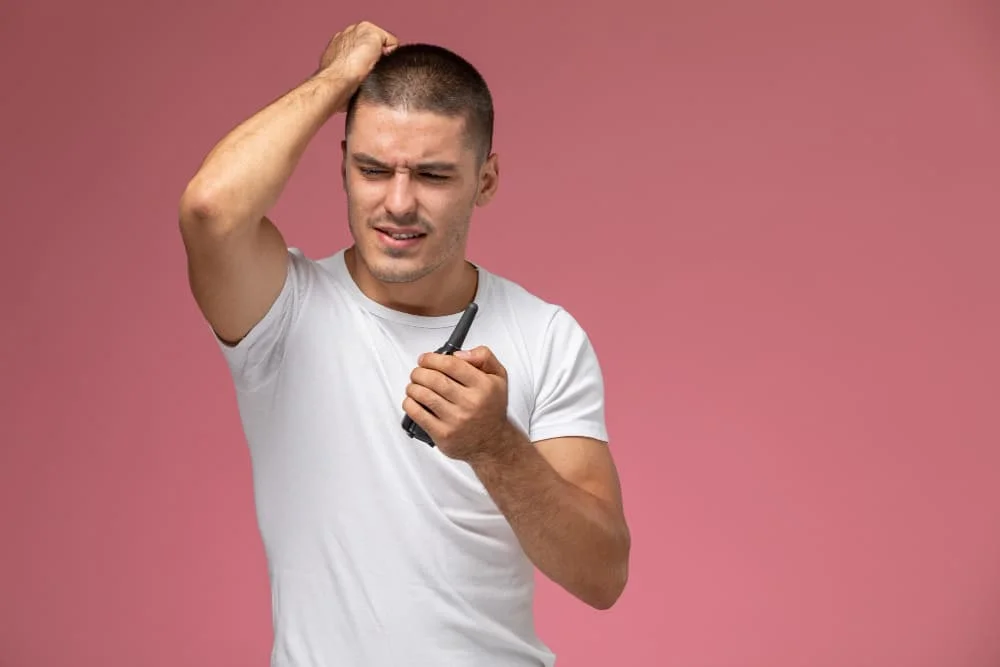 Does Creatine Cause Hair Loss? Separating Fact from Fiction21 Jan 2025
Does Creatine Cause Hair Loss? Separating Fact from Fiction21 Jan 2025 -
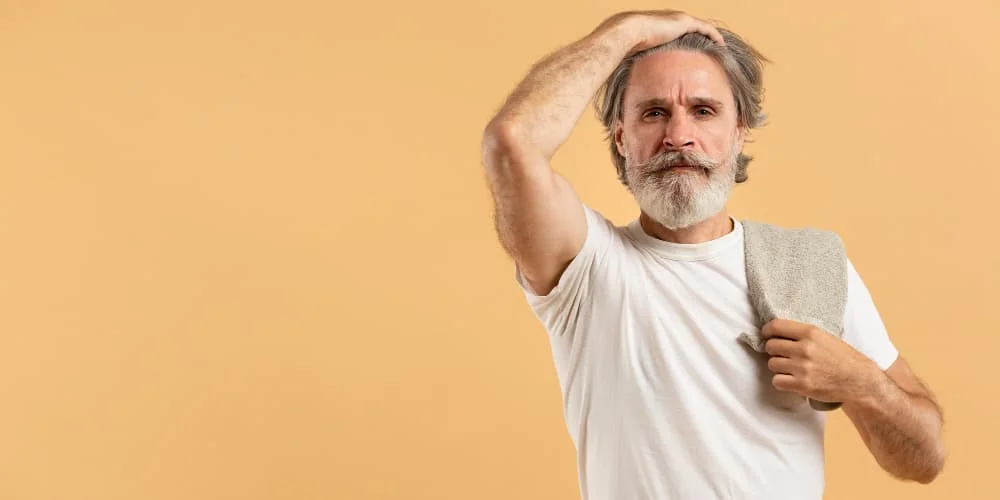 How Long Does Hair Transplant Last? A Comprehensive Guide to Long-Term Results15 Jan 2025
How Long Does Hair Transplant Last? A Comprehensive Guide to Long-Term Results15 Jan 2025 -
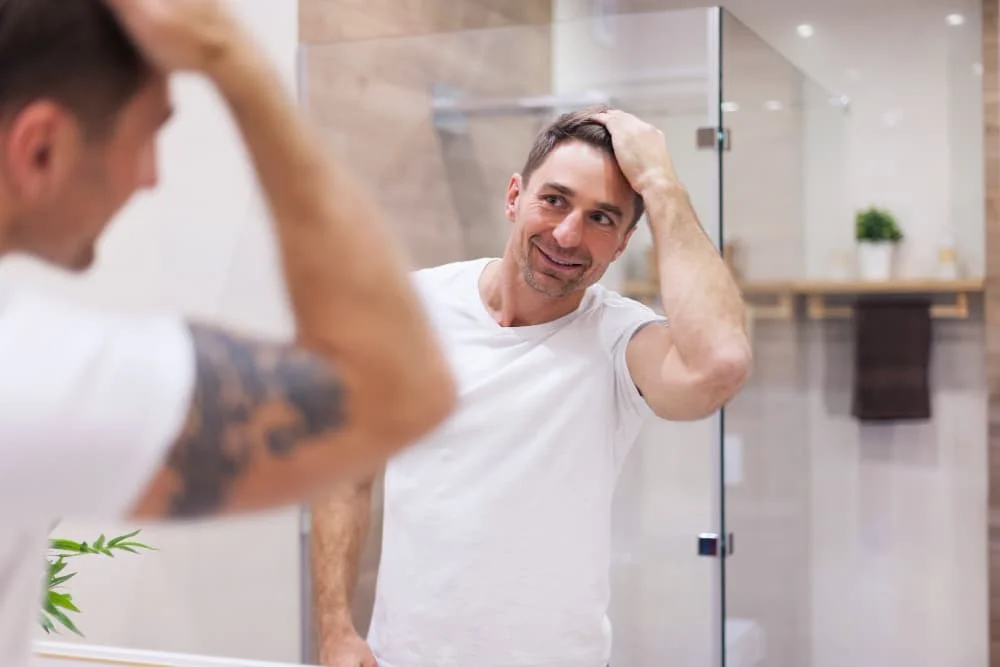 Hair Loss After Hair Transplantation: Is It Normal and What to Do?13 Jan 2025
Hair Loss After Hair Transplantation: Is It Normal and What to Do?13 Jan 2025 -
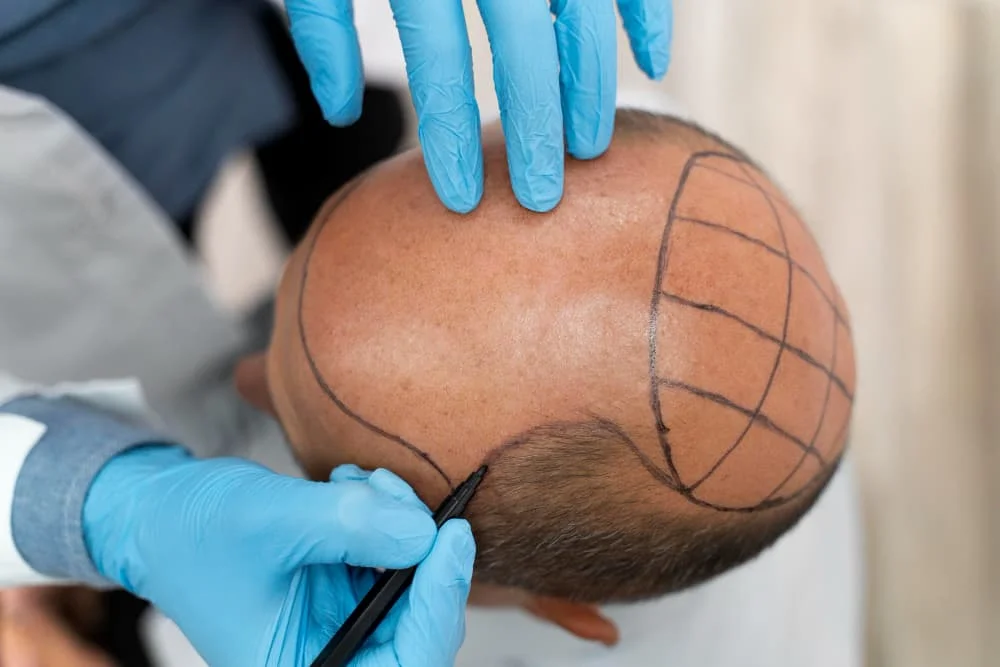 Donor Area in Hair Transplant: All You Need to Know - Istanbul Hair Institute06 Jan 2025
Donor Area in Hair Transplant: All You Need to Know - Istanbul Hair Institute06 Jan 2025 -
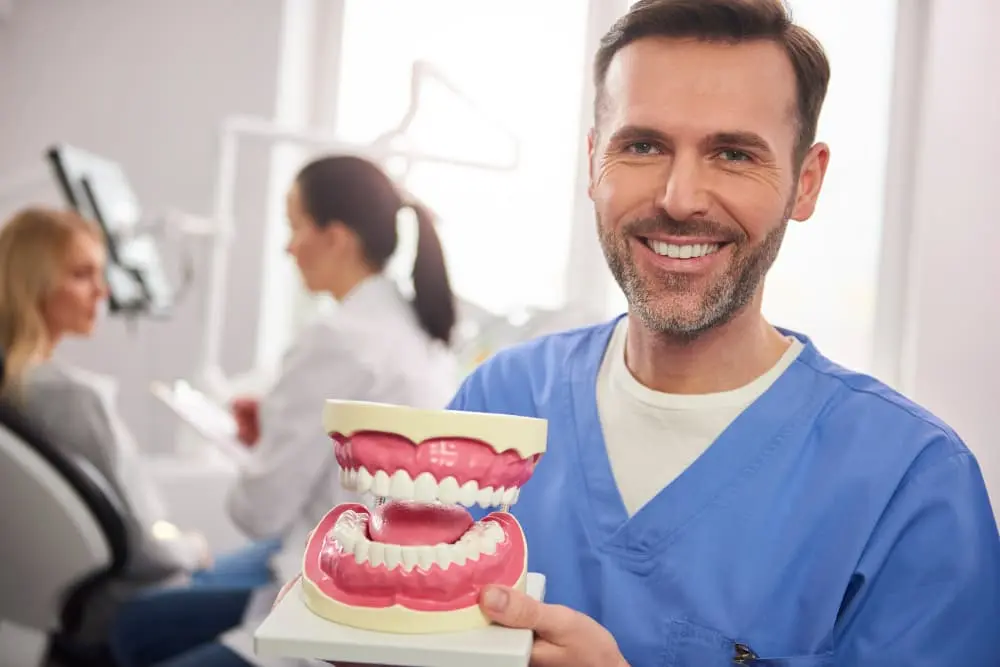 The Connection Between Oral Health and Overall Health03 Jan 2025
The Connection Between Oral Health and Overall Health03 Jan 2025
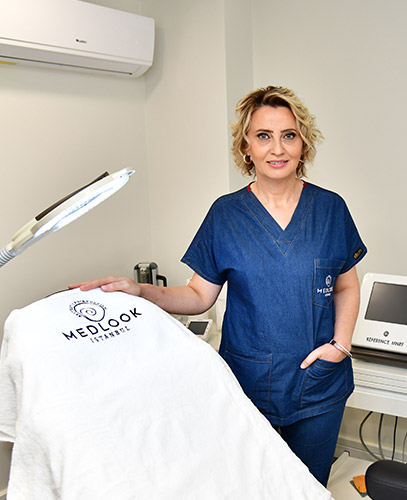
Dr. Handan Yavuz
Make Your Appointment

